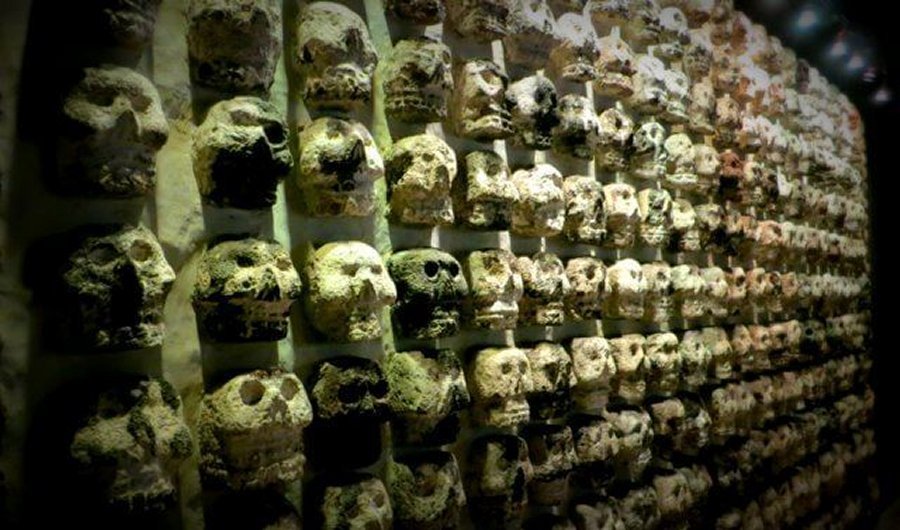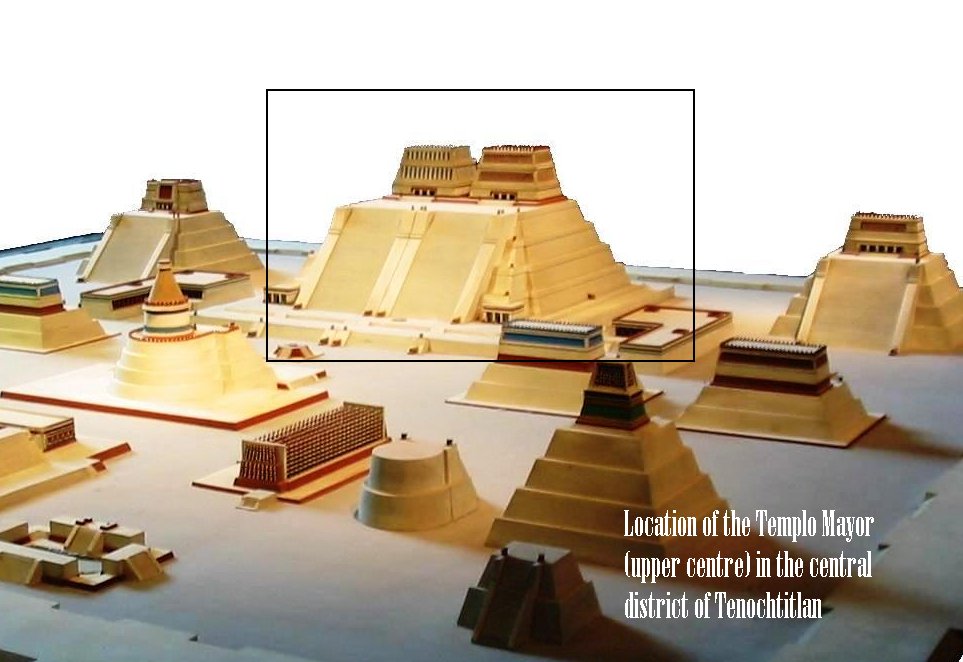Templo Mayor – Sacred Aztec Complex Dedicated To Gods Tlaloc And Huitzilopochtli Who Were Usually Appeased With Human Sacrifices
A. Sutherland - AncientPages.com - Most important sacred temple complex of the Aztecs - the Main Temple (in Spanish: Templo Mayor) was built in the center of the Aztec capital Tenochtitlán.
According to Aztec chronicles, the first temple (later followed by its twin temple) was built after 1325 and enlarged several times over the course of the 14th and 15th centuries.
Wall of skull’s. Image: Museo del Templo Mayor
The twin temples were dedicated to god of rain and fertility, Tlaloc ("the one who makes sprout") and Huitzilopochtli, god of war and sun.
Aztec chronicles confirm that both gods were frequently appeased with human sacrifices and other public rituals that took place in the temple.
Templo Mayor was shaped like a pyramid and its ruins are still in the city of Mexico. These temples, about 60 m (180 ft) above the level of the square at the foot of the pyramid, After conquering the city in 1521, the Spaniards almost completely destroyed the temple complex as a symbol of pagan worship.
In 1978, a carved, circular Aztec stone, depicting the mythical being Coyolxauhqui dismembered and decapitated, was accidentally discovered in the ruins of the Templo Mayor of Tenochtitlan, now in Mexico City.
The discovery prompted excavations at the site, which revealed the remains of superimposed temples forming the most sacred place in Tenochtitlán, during the greatness of the Aztec Empire – Temple Mayor.
It has been unearthed sacrificial deposits and offerings containing more than 7,000 different objects related to the site, such like clay pots depicting god Tlaloc, skeletons of turtles, frogs, crocodiles, and fish, snail shells, coral, some gold, alabaster, Mixtec figurines, ceramic urns, effigies, masks, copper rattles, decorated skulls and obsidian knives used during sacrifices.
Tlaloc god of rain, earthly fertility, water who could send thunder, hail, lightning. Image credit: Museo del Templo Mayor
To the Aztecs, death was the continuation of creation, and gods and humans alike had the responsibility of sacrificing themselves in order to allow life to continue.
Many cultures sacrificed people to their gods, also throughout Mesoamerica, but the Aztecs were infamous for their sacrificial rituals.
Depiction of a ‘tzompantli’ ("skull rack"), right half of image; associated with the depiction of Aztec temple dedicated to the deity Huitzilopochtli. From the 1587 Aztec manuscript, the Codex Tovar. Image: via Wikipedia
It was important to keep these important gods in a good mood. Tlaloc gave rain, which was crucial for agricultural activities but he also could send disastrous floods, storms and droughts. Huitzilopochtli, the supreme god and patron of Tenochtitlan, was also an important figure.
Offerings in form of flowers, food, golden objects were not good enough, to earn the gods’ favor.
Therefore, during specific holidays according to the Aztec calendar, bloody human sacrifices were offered to appease the gods and guarantee the prosperity of the Aztec society.
Sacrificial victims (mostly prisoners of war, but also children) were tied face up to a special stone before being killed with an obsidian knife. After sacrifice, the priests sprinkled the statues of the gods with blood and threw the hearts into a stone bowl with drainage channels. The body of the victim would be thrown down the staircase of the temple.
Templo Mayor complex also contained other, smaller buildings, platforms and ramps surrounding the main pyramid. The entrance leading to the top of the main pyramid was decorated with ‘tzompantli’, wooden scaffolding on which skulls of previously made victims were put - prisoners, slaves, children, as well as losers in a ritual ball game.
Written by – A. Sutherland AncientPages.com Staff Writer
Copyright © AncientPages.com All rights reserved. This material may not be published, broadcast, rewritten or redistributed in whole or part without the express written permission of AncientPages.com
Expand for referencesReferences:
José Luis de Rojas, Tenochtitlan: Capital of the Aztec Empire
Eduardo Matos Moctezuma E. M. Life and Death in the Templo Mayor
More From Ancient Pages
-
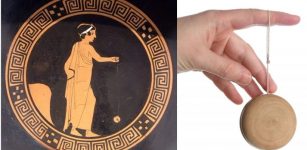 Oldest Yo-Yo Dates Back To 400-500 B.C
Ancient History Facts | May 13, 2019
Oldest Yo-Yo Dates Back To 400-500 B.C
Ancient History Facts | May 13, 2019 -
 Mysterious Fontainebleau Forest – Home To A Lost Civilization
Civilizations | Jun 23, 2020
Mysterious Fontainebleau Forest – Home To A Lost Civilization
Civilizations | Jun 23, 2020 -
 Graveyards Of Ancient British And French Giants Revealed In Old Documents And Journals
Featured Stories | Jul 4, 2020
Graveyards Of Ancient British And French Giants Revealed In Old Documents And Journals
Featured Stories | Jul 4, 2020 -
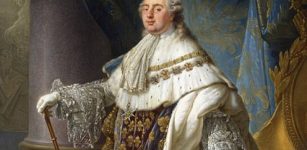 On This Day In History: King Louis XVI Of France Was Put On Trial For Treason – On Dec 11, 1792
News | Dec 11, 2016
On This Day In History: King Louis XVI Of France Was Put On Trial For Treason – On Dec 11, 1792
News | Dec 11, 2016 -
 Ancient DNA Yields Surprising Findings On World’s Earliest Seafarers
Archaeology | Jun 30, 2022
Ancient DNA Yields Surprising Findings On World’s Earliest Seafarers
Archaeology | Jun 30, 2022 -
 Geological Mystery Of The Lost Continent Argoland Solved
Earth Changes | Oct 26, 2023
Geological Mystery Of The Lost Continent Argoland Solved
Earth Changes | Oct 26, 2023 -
 Can Pollen Analysis Solve The Ice Age Mystery How And When Homo Sapiens Migrated Across Europe And Asia?
Archaeology | Sep 23, 2023
Can Pollen Analysis Solve The Ice Age Mystery How And When Homo Sapiens Migrated Across Europe And Asia?
Archaeology | Sep 23, 2023 -
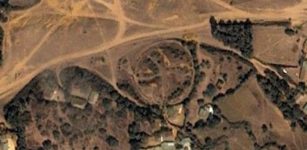 Was Megalithic Stone Circle Of Mzoura The Tomb Of Giant Antaeus?
Civilizations | Sep 5, 2015
Was Megalithic Stone Circle Of Mzoura The Tomb Of Giant Antaeus?
Civilizations | Sep 5, 2015 -
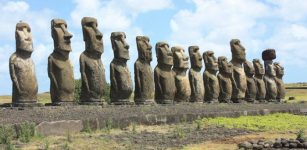 New Attempt To Solve The Easter Island Mystery – What Did Rapa Nui Look Like Before Europeans Arrived?
Archaeology | Sep 20, 2017
New Attempt To Solve The Easter Island Mystery – What Did Rapa Nui Look Like Before Europeans Arrived?
Archaeology | Sep 20, 2017 -
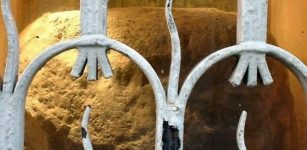 Legendary And Mysterious Stone Of Brutus – The London Stone Refuses To Give Up Its Secrets
Artifacts | Jan 21, 2022
Legendary And Mysterious Stone Of Brutus – The London Stone Refuses To Give Up Its Secrets
Artifacts | Jan 21, 2022 -
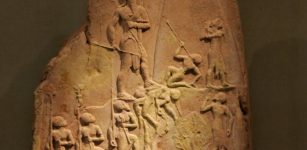 Did Climate Change End The Akkadian Empire?
Civilizations | Jul 17, 2019
Did Climate Change End The Akkadian Empire?
Civilizations | Jul 17, 2019 -
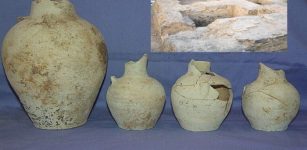 Stone Water Well Dated To Sassanid Era (224-651 CE) Unearthed In Isfahan Hills, Iran
Archaeology | Jun 26, 2020
Stone Water Well Dated To Sassanid Era (224-651 CE) Unearthed In Isfahan Hills, Iran
Archaeology | Jun 26, 2020 -
 120-Million-Year-Old Fossil Reveals Early Bird’s Leaf-Eating Habits
Fossils | Aug 8, 2023
120-Million-Year-Old Fossil Reveals Early Bird’s Leaf-Eating Habits
Fossils | Aug 8, 2023 -
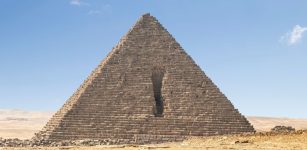 Mysterious Pyramid Of Menkaure Remains An Ancient Puzzle
Civilizations | Oct 8, 2022
Mysterious Pyramid Of Menkaure Remains An Ancient Puzzle
Civilizations | Oct 8, 2022 -
 Climate Change Behind Early Human Migration To The Americas At Key Intervals – Scientists Say
Archaeology | Feb 17, 2023
Climate Change Behind Early Human Migration To The Americas At Key Intervals – Scientists Say
Archaeology | Feb 17, 2023 -
 Controversial Statue Of Anglo-Norman Knight William Marshal In Pembroke Faces Criticism
Artifacts | May 10, 2022
Controversial Statue Of Anglo-Norman Knight William Marshal In Pembroke Faces Criticism
Artifacts | May 10, 2022 -
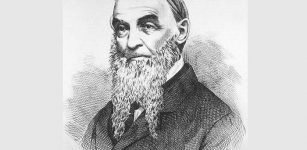 On This Day In History: Independence Of Lower Canada – Today Quebec – Proclaimed On Feb 28, 1838
News | Feb 28, 2017
On This Day In History: Independence Of Lower Canada – Today Quebec – Proclaimed On Feb 28, 1838
News | Feb 28, 2017 -
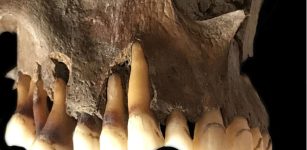 First Kisses May Have Helped Spread Oral Herpes 5,000 Years Ago – Scientists Say
Archaeology | Jul 30, 2022
First Kisses May Have Helped Spread Oral Herpes 5,000 Years Ago – Scientists Say
Archaeology | Jul 30, 2022 -
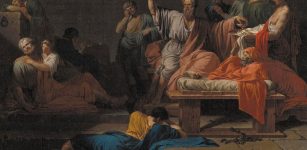 Socrates: Great Philosopher And Brave Man Who Still Inspires Many People
Featured Stories | Jul 21, 2016
Socrates: Great Philosopher And Brave Man Who Still Inspires Many People
Featured Stories | Jul 21, 2016 -
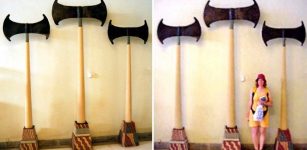 Giant Ancient Minoan Axes Used For Unknown Purposes
Artifacts | Nov 27, 2017
Giant Ancient Minoan Axes Used For Unknown Purposes
Artifacts | Nov 27, 2017

